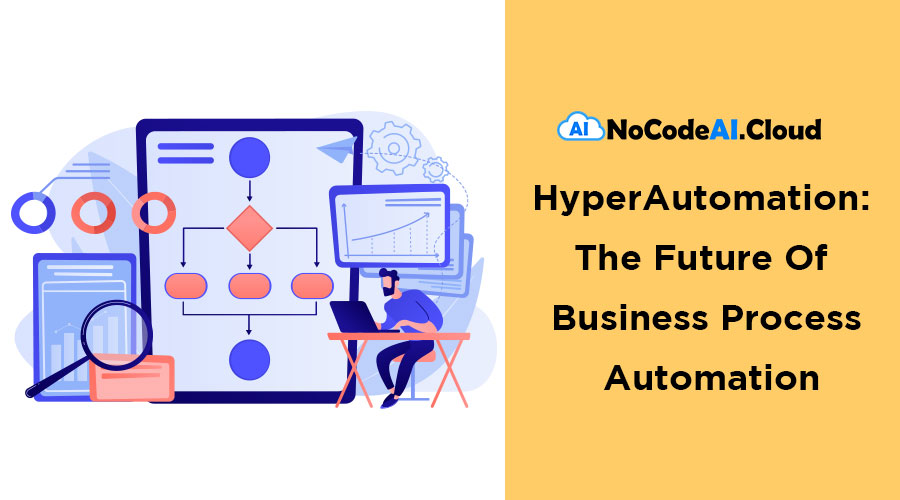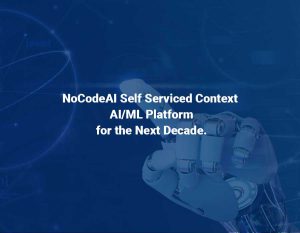HyperAutomation is the next level of business process automation. It is a term that was first coined by Gartner in 2017, and it describes the use of advanced technologies to automate tasks and processes.
HyperAutomation is different from traditional automation in that it goes beyond simple rule-based automation. It includes the use of artificial intelligence (AI) and machine learning (ML) to automate tasks that would otherwise require human intervention.
What are the benefits of HyperAutomation?
HyperAutomation is the process of automating as many business processes as possible. The goal is to automate as much of the work that can be automated, so that employees can focus on more valuable tasks.
HyperAutomation has many benefits, including:
– Increased efficiency and productivity
– Reduced costs
– Improved accuracy and quality
– Increased agility and responsiveness
– Increased customer satisfaction
How does HyperAutomation work?
HyperAutomation is the process of automating workflows and tasks across multiple applications and systems. It is a combination of multiple automation tools and technologies working together to achieve a desired outcome.
HyperAutomation can be used to automate simple tasks, like data entry, or complex processes, like customer onboarding. The goal of HyperAutomation is to improve efficiency and productivity by eliminating manual tasks and reducing the need for human intervention.
HyperAutomation can be used to automate repetitive tasks, improve decision making, and optimize processes. It can also be used to create new opportunities for business growth and expansion. HyperAutomation is a powerful tool that can help businesses streamline their operations, improve their bottom line, and expand into new markets.
What industries is HyperAutomation suited for?
HyperAutomation is suited for a wide range of industries, including healthcare, manufacturing, retail, logistics, and more. In healthcare, hyperautomation can be used to streamline administrative tasks, such as patient records and billing. In manufacturing, hyperautomation can be used to improve quality control and optimize production processes. In retail, hyperautomation can be used to manage inventory and customer data. And in logistics, hyperautomation can be used to track shipments and optimize delivery routes.
How can I get started with HyperAutomation?
HyperAutomation is the process of automating business processes that are traditionally manual, error-prone, and time-consuming. It can be used to automate tasks such as data entry, form submission, and other repetitive processes.
It can be used to improve efficiency and accuracy in any business process. It can also be used to speed up processes that are currently too slow to be completed manually. When implemented correctly, HyperAutomation can save businesses time and money.HyperAutomation can be used to improve efficiency and accuracy in any business process. It can also be used to speed up processes that are currently too slow to be completed manually. When implemented correctly, HyperAutomation can save businesses time and money.
HyperAutomation is the use of technology to automate tasks that were previously performed by humans. It can be used to automate simple tasks, like sending emails or data entry, or more complex tasks, like customer service or marketing.
There are many benefits to using HyperAutomation, including:
– Increased accuracy: Automating tasks eliminates the potential for
There are many different ways to get started with HyperAutomation. One way is to use a software tool that automates tasks.
What are the challenges of implementing HyperAutomation?
HyperAutomation is the process of automating workflows and tasks across multiple applications and systems. It has the potential to drastically improve efficiency and productivity in businesses, but there are also several challenges that need to be considered before implementing it.
One of the biggest challenges is the lack of integration between different applications and systems. This can make it difficult to automate tasks across multiple platforms, and can also lead to data silos. Another challenge is the need for skilled staff to design and implement the automation processes. HyperAutomation can also be complex and time-consuming to set up, and can be expensive to maintain.
How will HyperAutomation change the business world?
Hyperautomation is the combination of multiple automation technologies to perform a task or process. It is the next level of automation, where machines are not only able to perform the task or process on their own, but can also learn and improve over time.
Hyperautomation has the potential to revolutionize the business world. It can help businesses automate tasks and processes that are currently manual and time-consuming. It can also help businesses improve their efficiency and quality, while reducing costs.
Conclusion
HyperAutomation is the future of business process automation. By using artificial intelligence and machine learning, HyperAutomation can automate tasks that used to require human input. For more information on how HyperAutomation can help your business, contact us at info@nocodeai.cloud.
NoCodeAI OnDemand Developers have expertise in all the Google AIML APIs to Automate even the most complex process with the Google advanced software. They can Convert documents, pictures, videos, vision, speech and data necessary to achieve true HyperAutomation through Google’s advanced, Artificial Intelligence powered platform
.NoCodeAI.Cloud is a US based company that is managed by a team of High level professionals with 60 plus years’ experience in Enterprise Data management, Cloud services, Artificial Intelligence, Machine Learning, Deep Learning, Business Process Development, Agile DevOps and the latest cutting edge technology in Robotic Process Automation (RPA) and HyperAutomation (HA).



